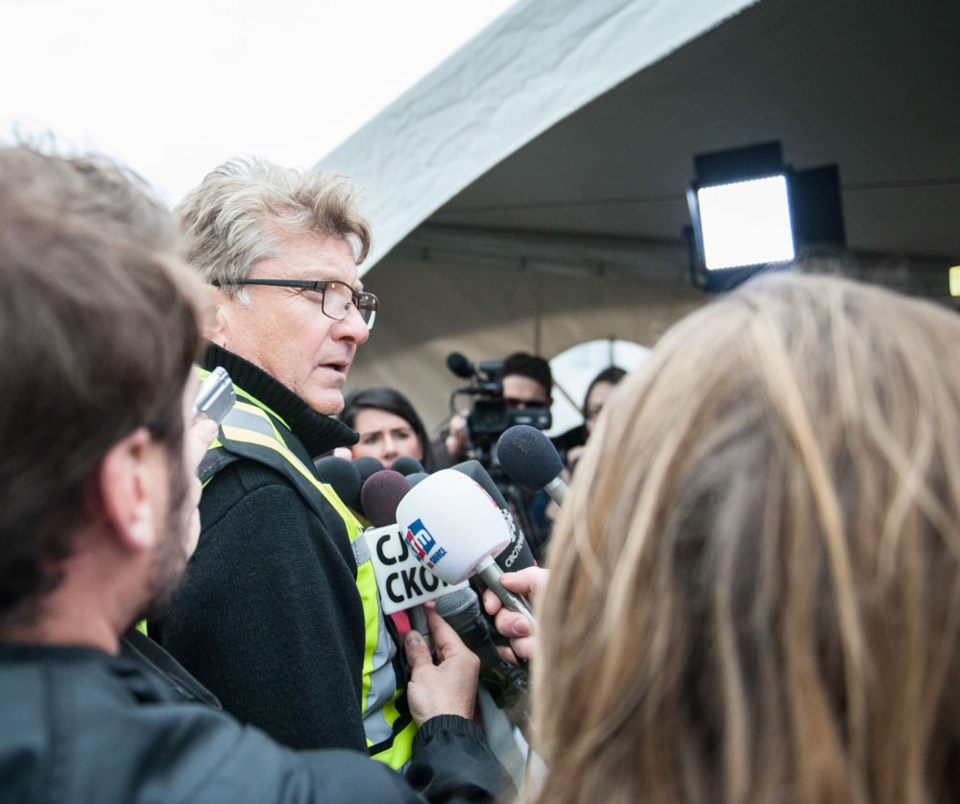All those international visits to the SaskPower Boundary Dam 3 Integrated Carbon Capture and Storage project over the years seem to have resulted in some progress, with an agreement signed in China during a Canadian trade mission to that country.
By working together, Canada and China are another step closer to cutting industrial greenhouse gas (GHG) emissions and meeting Paris Agreement targets for mitigating climate change. On Dec. 8, the technology and innovation research institutes of Sinopec and China Huaneng Group - have signed Memorandum of Understandings (MOUs) with the International CCS Knowledge Centre, based in Regina, according to a press released by the International CCS Knowledge Centre.
The release makes use of a relatively new phrase, in stating, “The MOUs signal a path forward for the two countries to collaborate in the development, demonstration and deployment of carbon capture utilization and storage (CCUS) thereby reducing GHG emissions and providing energy security.
Until very recently, the terminology typically in use has been “carbon capture and storage (CCS),” and indeed, that is even implicit in the organization’s name.
CCUS is recognized as a clean technology with the ability to make the single largest impact to GHG emission reductions, according to the International CCS Knowledge Centre, which added, “It is a necessary complement in the efforts to maximize renewable energies for a diverse, low carbon and reliable energy portfolio.”
Catherine McKenna, Minister of Environment and Climate Change Canada, was on hand to witness the signing. She said, “The agreements signed today will enable the use of Canadian expertise and knowledge to advance Carbon Capture, Utilization and Storage applications in China. This is just one of the many examples of Canadian institutions and companies working around the world to reduce carbon pollution and deliver clean solutions.”
Mike Monea, who has been a key figure with SaskPower’s development of Boundary Dam 3 project, is now president and CEO of the International CCS Knowledge Centre.
He said, “Collaboration with China – means we are advancing CCUS by joining forces of know-how, to improve technology, reduce cost and risk and actively work together on a solution to tackle climate change.”
The released noted Canada is a global leader and pioneer in CCUS. CCUS expertise is facilitated with the world through the International CCS Knowledge Centre who is mandated to support climate action by sharing the experience acquired from the construction through operation and maintenance of SaskPower's Boundary Dam 3 Carbon Capture facility - the world’s first commercial scale CCUS facility on a coal fired power plant.
The International CCS Knowledge Centre will work directly with Sinopec Nanjing Research Institute of Chemical Industry (Sinopec) as well as with Huaneng Clean Energy Research Institute (CERI) to produce tangible CCUS deliverables. To do this work the parties will collaborate on research efforts; optimize technology (for both coal-based emission products as well as other industrial combustion sources); improve performance of solvent-based emission capture processes; and bring together other international expertise to further advance CCUS.
The International CCS Knowledge Centre is host to the Carbon Capture, Utilization and Storage Technology Cluster at the Globe Series – Sustainability & Business Forum in Vancouver in March 2018.




